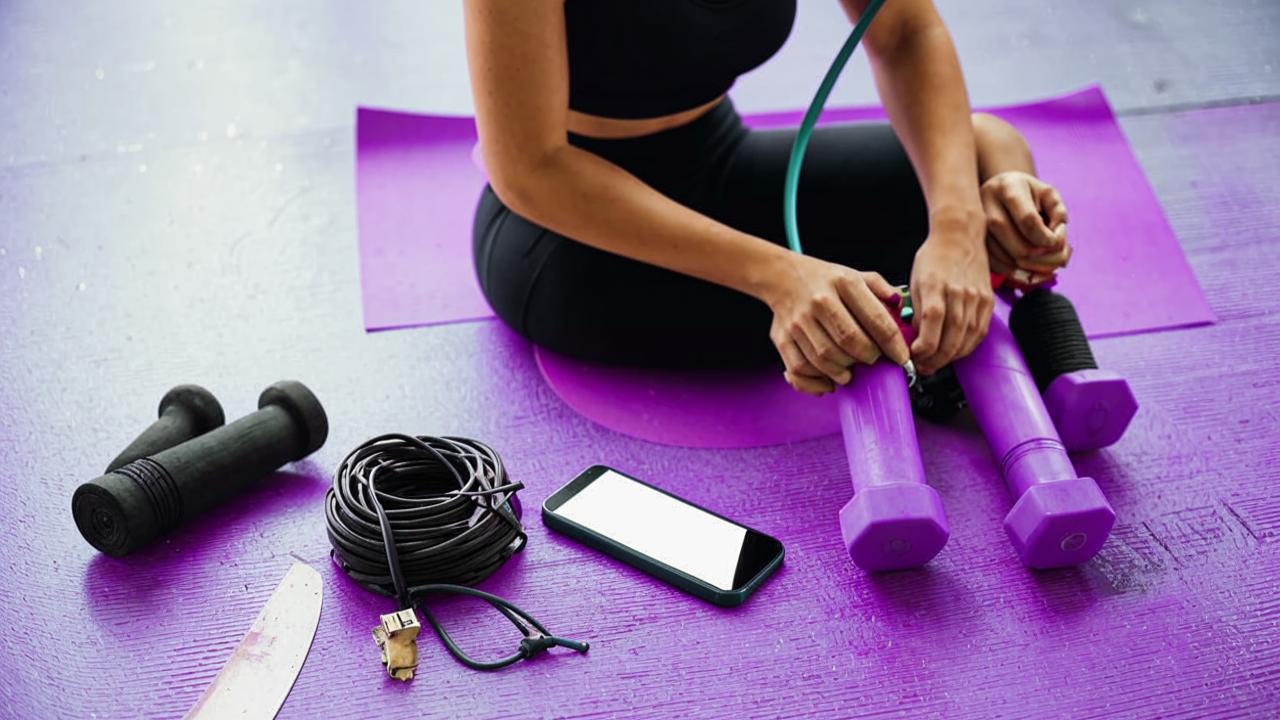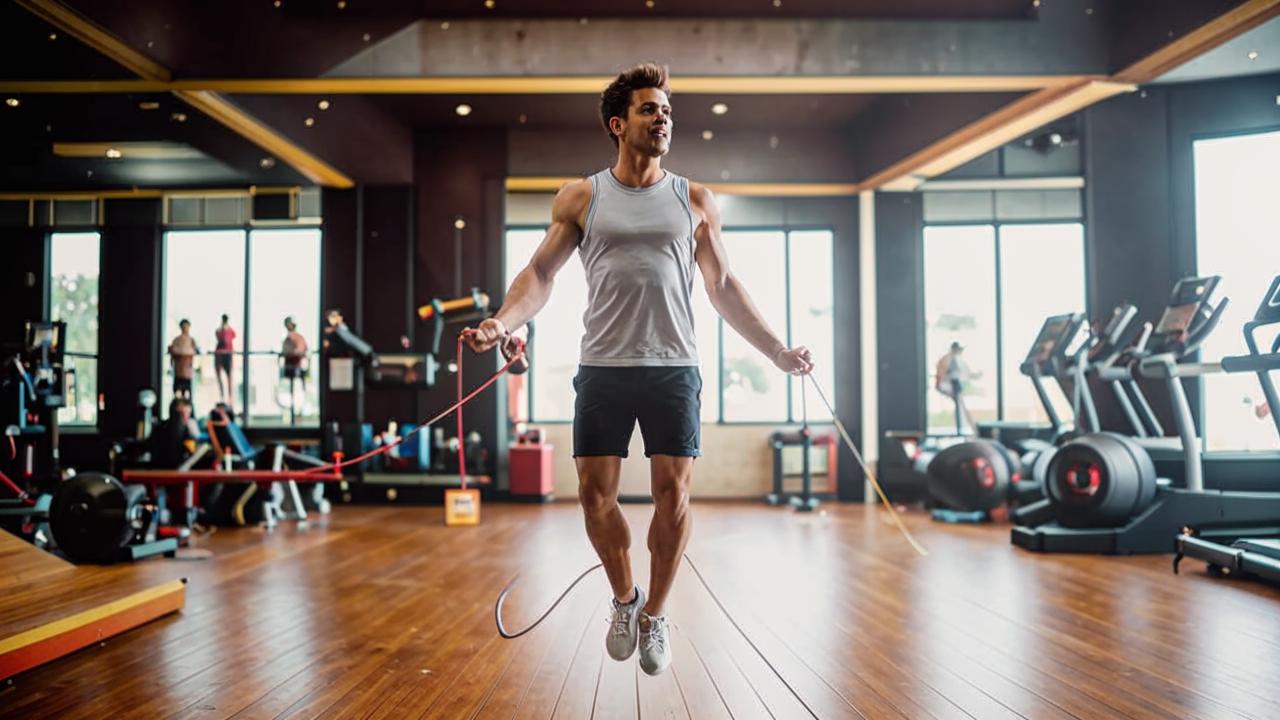Skipping rope is a compact and inexpensive equipment, which is familiar to everyone from an early age. If in childhood you jumped for fun, now you can combine pleasure with benefits for your figure and health. Exercising with a jump rope in the fresh air will help tone your body, get a boost of energy and improve the respiratory system. Here’s everything you need to know for a successful workout.
Why are jump rope exercises effective?
Jumping rope is not only one of the most energy-consuming workouts and great for weight loss, but it also improves blood circulation, speeds up metabolism and increases endurance. This workout engages almost all muscle groups, including the ankle muscles, which are not often involved in other exercises.

Strengthening the muscles of the foot and Achilles is important to avoid injuries in various sports. For example, skiing, figure skating, tennis, and even running. In addition, jumping develops coordination and balance, which allows for better body control. Another plus of the jump rope is its lightness: it is convenient to take it with you for exercising on the street and on trips.
How to choose the equipment?
There are many types of jump ropes, differing in the material of the cable and handles. The best option for beginners and professional athletes alike is a rope made of polyvinchloride with thin plastic handles. It will last a long time, is comfortable to hold and adjustable in length.
You can check whether the length of the equipment is suitable for you in the following way. Stand with your feet exactly on the middle of the rope and pull it upwards. The handles should be just below shoulder height.

Tips for a safe and productive workout
- Don’t forget to warm up. Training with a jump rope puts a lot of stress on the joints, so proper preparation of the body for jumping is extremely important.
- When pushing off, pull your toes up so that your feet are tense.
- Keep your arms bent at a 90° angle and note that you should twist the jump rope due to the movements of the hand, not the shoulder. Your elbows should remain at waist level.
- Land on your toes rather than on your full foot and soften your knees so as not to injure your ligaments.
- Keep your abs tight and your back straight. Do not lift your shoulders or tighten your neck muscles.
- Don’t forget to breathe. Breathe through your nose evenly, without delays.
Technique of exercises
Ordinary single jumping rope – the simplest, but very effective variant of training. If you want variety, alternate several techniques. Perform each type for one minute each. Two or three series of 10 minutes a day will help to quickly achieve visible results. Gradually increase the training time and shorten the rest between series.
Single jumps
Stand up straight and hold the jump rope in two hands. Step over it so that it is behind you. Use your hands to roll the rope over your head and jump it when it comes close to your toes. Perform the jumps at a comfortable pace. Try to jump as low and as often as possible.

Double jumps
From the starting position, push off the floor with your feet and at the same time twist the rope over your head twice with your hands. Perform the jumps at a comfortable pace. For double jumps, you should jump as high as possible so that your hands have time to spin two turns.
Running in place
Make a jump from one foot to the other and at the same time with your hands, spin the jump rope over your head. Jump the jump rope when it comes close to the toes of your left or right foot. Perform the jumps at a fast pace.
Jumping from side to side
With each rotation of the jump rope, jump not in one place, but from side to side for a short distance. Perform jumps at a comfortable pace.
Jumping on one leg
Repeat the technique of classic single jumps, but perform them on one leg. Do not forget to repeat the exercise with support on the other leg.
There are other equally effective exercises to keep yourself toned. Choose the right one for you and don’t be lazy!






